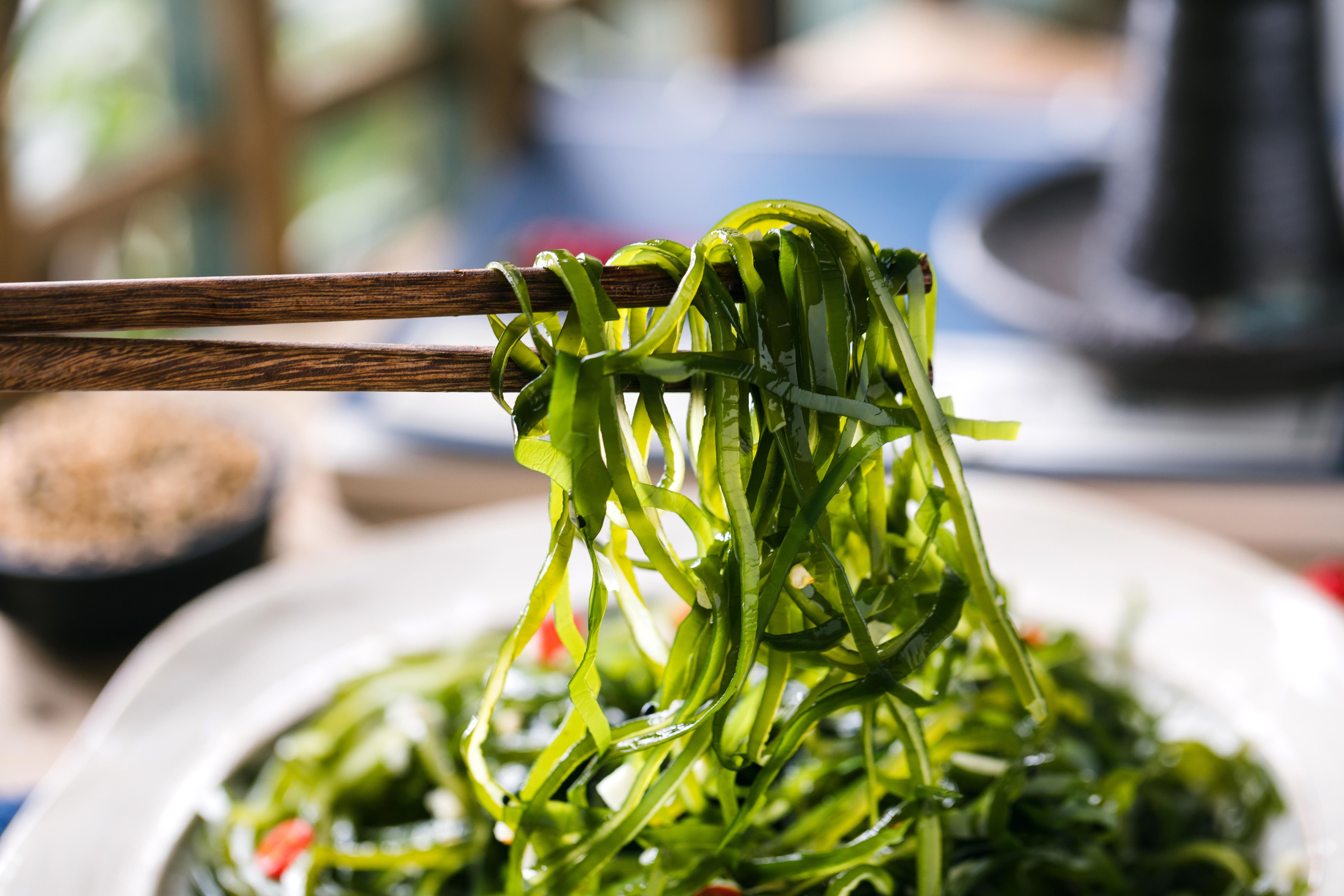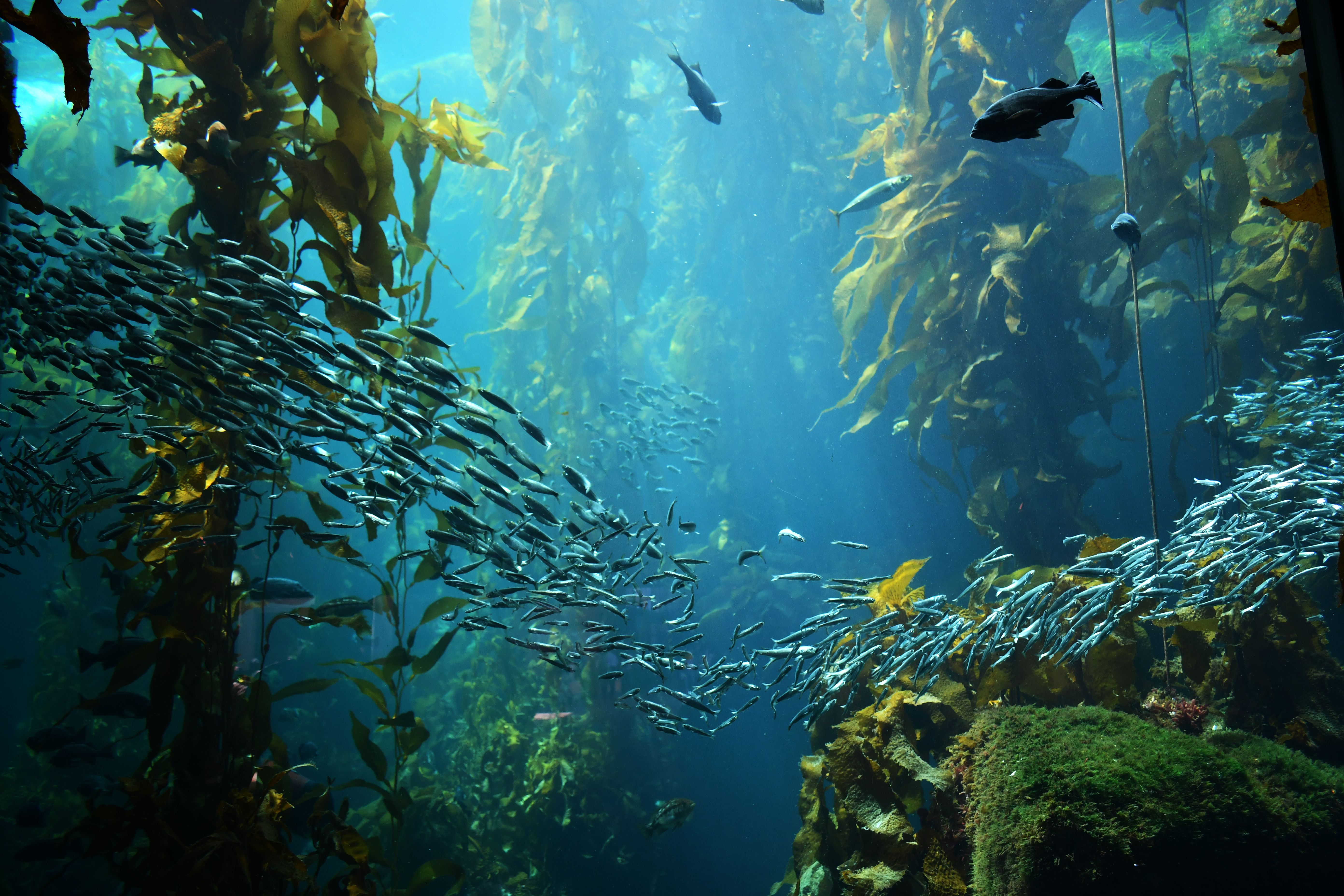Exploring Tangle Kelp: From Alginate to Culinary Delights
Discovering the Wonders of Tangle Kelp
Tangle kelp, a fascinating marine plant, plays a significant role in both ecological and commercial landscapes. Found in the cold waters of the Northern Hemisphere, this brown seaweed, also known as Laminaria digitata, offers a bounty of uses and benefits that extend beyond its underwater habitat.
Alginate: The Versatile Extract
One of the most remarkable components derived from tangle kelp is alginate. This natural polysaccharide is widely used in various industries due to its unique properties. In the medical field, alginate is utilized for wound dressings and dental molds, thanks to its excellent gel-forming abilities and biocompatibility.
Additionally, alginate finds its place in the textile industry, where it serves as a thickening agent in textile printing. Its ability to form gels in the presence of calcium ions makes it an invaluable resource for creating textures and stabilizing emulsions in numerous applications.
Culinary Uses: From Ocean to Plate
Tangle kelp is not just limited to industrial uses; it is also a culinary delight. In many coastal cuisines, it serves as a nutritious and flavorful ingredient. High in vitamins and minerals, tangle kelp adds a savory umami flavor to dishes, making it a favorite among chefs and home cooks alike.

In Japan, for instance, tangle kelp is a key ingredient in making dashi, a traditional stock that forms the base of many Japanese dishes. Its rich flavor profile enhances soups, broths, and even salads, providing both taste and nutritional value.
Environmental Benefits
Beyond its commercial and culinary applications, tangle kelp plays a crucial ecological role. It acts as a natural carbon sink, absorbing carbon dioxide from the atmosphere and helping mitigate climate change. The dense kelp forests provide habitat and protection for marine life, supporting biodiversity in coastal ecosystems.

Moreover, sustainable harvesting of tangle kelp ensures that these ecosystems remain healthy and productive. By managing kelp resources responsibly, we can continue to enjoy their benefits while preserving the marine environment for future generations.
Embracing Sustainable Practices
As awareness of environmental issues grows, the demand for sustainable practices in harvesting and utilizing natural resources like tangle kelp increases. Many companies are now focusing on eco-friendly methods to extract alginate and other valuable components without compromising marine ecosystems.
Consumers are also becoming more conscious of the origins of their products, opting for sustainably sourced ingredients in their food and other goods. This shift in consumer behavior encourages more industries to adopt environmentally friendly practices.
The Future of Tangle Kelp
The potential of tangle kelp seems boundless as research and innovation continue to uncover new uses and benefits. From its role in combating climate change to enriching our diets and industries, tangle kelp stands as a testament to the incredible resources our oceans provide.
By supporting sustainable practices and exploring innovative applications, we can ensure that tangle kelp remains a valuable resource for generations to come, contributing to both our well-being and the health of our planet.
